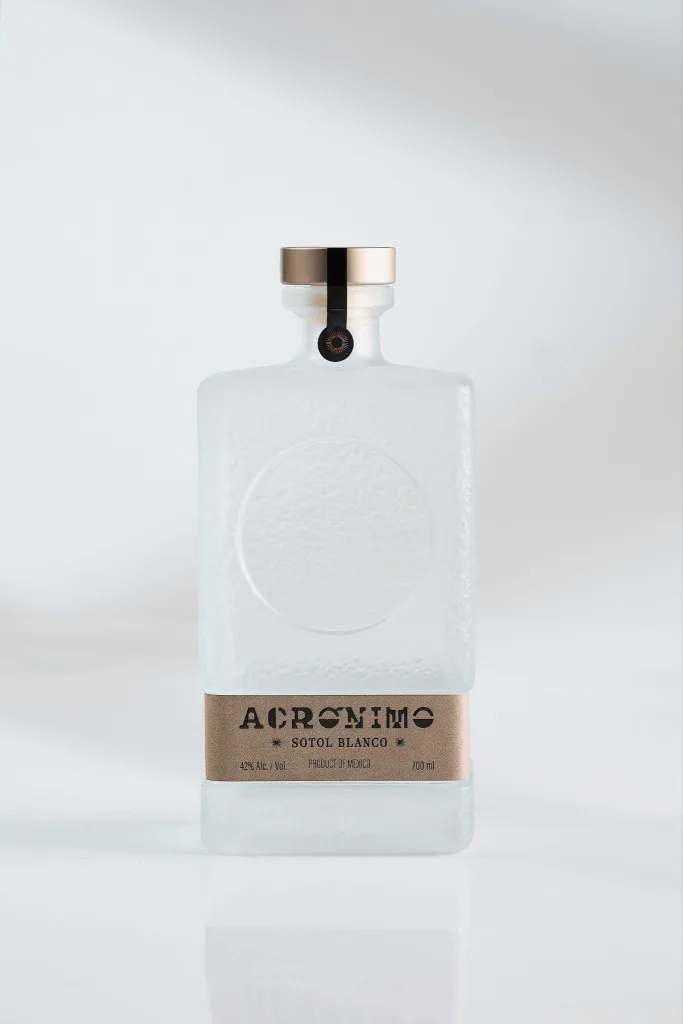What Makes Sotol Blanco So Special? Discover the Flavor Profile

Long captivated in the imagination of the globe, Mexico’s spirits like tequila and mezcal take center stage, though sotol blanco is another wild treasure gradually stealing the show today.
From the sotol plant used for desert living, this handcrafted spirit is becoming more and more well-known for its intricacy, purity, and original sense of place.
What then distinguishes sotol blanco? To know why it’s fast becoming a favorite among spirit drinkers and connoisseurs alike, let’s investigate its origin, cooking technique, and unique flavor profile.
Table of Contents
The Mystery of the Desert: Sotol Blanco's roots
Made from the Dasylirion plant—often called the sotol plant or desert spoon. Sotol blanco differs from tequila and mezcal, which are made from agave.
Particularly in the states of Chihuahua, Durango, and Coahuila, this tough plant grows wild in the arid, high-altitude settings of Northern Mexico.
Fascinating is the fact that a single sotol plant takes 12 to 15 years to mature; hence, every harvest requires accuracy and patience.
The terroir, which consists of height, soil, and temperature, highly affects the output. This produces geographical differences that provide sotol blanco a special quality absent in mass-produced liquors.
What sets Sotol Blanco apart?
The unaged purity of sotol blanco is one of its defining features. It tastes like the raw, unprocessed essence of the sotol plant itself because it is straight from distillation into the bottle.
Often regarded as the most honest manifestation of the spirit, this unaged version is called “blanco.”
Furthermore, it is produced utilizing conventional techniques, including hand-harvesting wild sotol plants from difficult terrain and roasting the piñas (plant hearts) in volcanic rock-lined pits.
These handcrafted methods let the natural sugars, wild yeasts, and desert microorganisms affect the taste, so producing a complex, earthy, herbal flavor.
Taste Profile: A Desert Symphony
When you first taste sotol blanco, you could be surprised. Sotol presents a more complex, botanical experience than the smokiness of mezcal or the sweetness of tequila.
Sotol blanco’s key flavor notes might consist of
- Thanks to the high-altitude soil and local fermentation, bright minerality.
- Crisp herbal tones including eucalyptus, rosemary, and desert sage.
- Earthy complexity, including clay, dried grass, and damp stone.
- A subdued peppering finish to bring warmth without too much heat.
Still another remarkable aspect is its smoothness. Many first-time tasters notice how clean and palatable it is, with very little burn on the back end, making it great for sipping plain or savoring in a homemade cocktail.
How to Enjoy Sotol Blanco
Although many experienced drinkers would rather consume sotol blanco neat to really appreciate its complexity, it also performs wonderfully in cocktails.
Many recipes call for its grassy, dry taste to substitute gin or tequila; it provides a more grounded, earthy twist.
Some original ways to appreciate it are
- A Sotol & Tonic, lime zest, and rosemary.
- A paloma with sotol, soda, and pink salt for a cool kick
- A desert-style Margarita with fresh grapefruit and agave syrup
Particularly in artisan bars all throughout North America, bartenders are progressively using sotol in custom cocktail menus due to its unusual flavor structure.
Cultural and Sustainable Importance
Sotol blanco’s cultural roots and sustainable methods provide still another intriguing incentive for research. Indigenous people in Northern Mexico had long ago drunk sotol for ages, long before European arrival.
It’s a legacy, a craft, and a sign of regional pride—not only a drink.
Furthermore, many sotol growers nowadays are adopting ethical harvesting practices to guarantee wild sotol plant availability is not overused. Some are even growing sotol under regulated conditions to preserve conventional techniques while lowering environmental impact.

Is Sotol Blanco Like Mezcal or Tequila?
Although sotol is easy to compare to its cousins derived from agave, there are rather clear distinctions. The base plant is completely different, the manufacturing technique more rustic, and the resultant taste significantly less sweet or smoky.
Sotol blanco distinguishes itself with its dry, mineral-forward, and herbal flavor, whereas tequila has softer citrus tones and mezcal contains powerful smoky overtones.
Actually, the taste of sotol is sometimes said to be more like that of gin or some terroir-driven white wines. Its richness makes it rather flexible as a stand-alone spirit as well as in cocktails.
Summary: Why should you try sotol blanco?
Sotol blanco should be on your shelf if you value workmanship, authenticity, and a story behind every sip. It is a rediscovered legacy caught in a bottle, not only another Mexican spirit.
One of the most fascinating spirits available today is this one because of its simple, pure profile and deep cultural past.
Whether you’re a seasoned connoisseur or a curious novice, sotol blanco will open your taste buds and expose you to a fresh side of flavor anchored in environment and history.
FAQs
- How different is sotol from mezcal?
Made from the Dasylirion plant, sotol is; mezcal derives from agave. Their tastes differ: mezcal is renowned for its smokiness; sotol is more earthy and herbal.
- Should a cocktail call for sotol blanco, then?
Certainly! Its clean and dry taste fits nicely in many kinds of cocktails, particularly those with gin or tequila customarily used.
- How should I first drink sotol blanco?
Either use it in a basic cocktail like a Sotol Paloma or Sotol Mule, or try it straight in a sampling glass to really enjoy its aroma and taste.
- Where might I get real sotol blanco?
Search for bottles from reputable Northern Mexico manufacturers like Acronimo. Specialty liquor stores and internet merchants currently carry several of them in the United States and Canada.
- Does sotol have sustainability?
Indeed, a lot of contemporary growers concentrate on sustainable harvesting and even methods of cultivation to guarantee the lifetime of the sotol plant and the surrounding environment.
